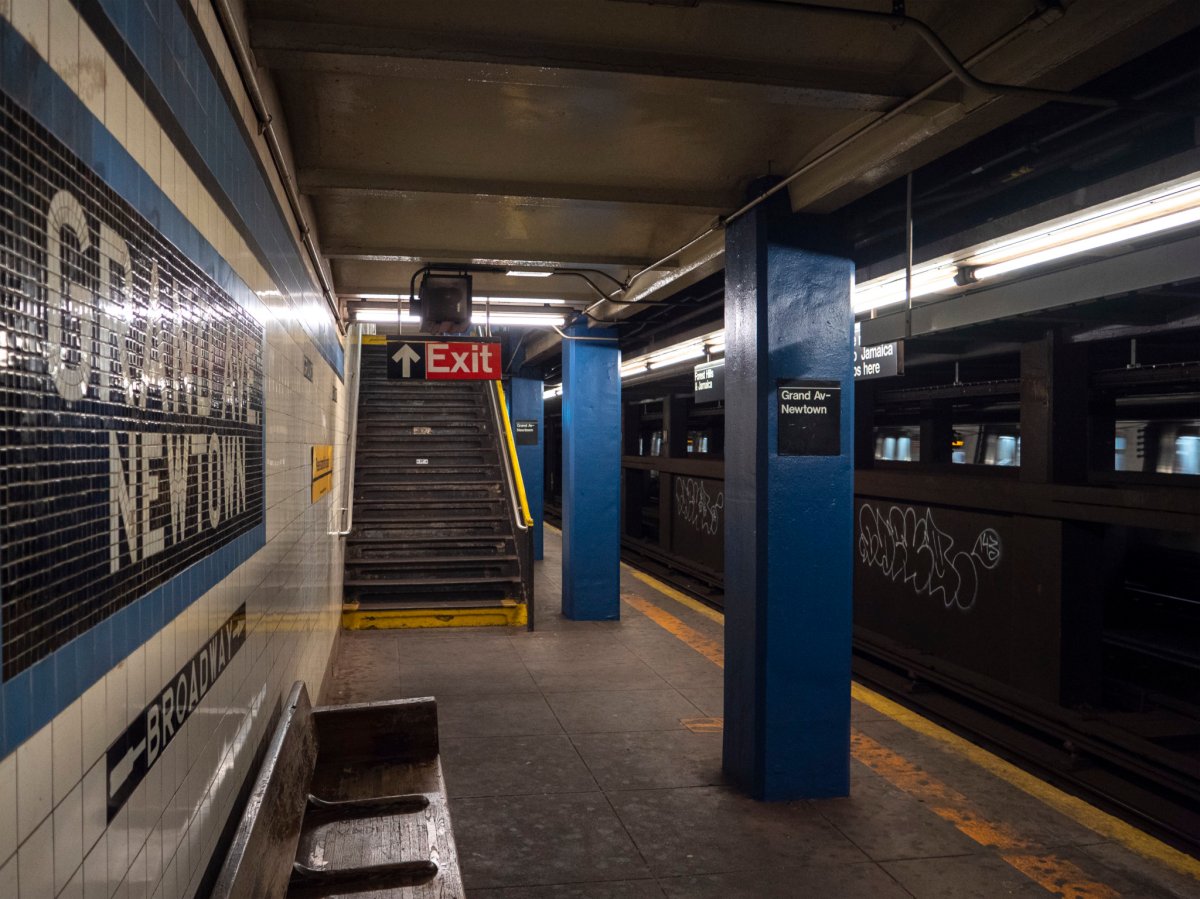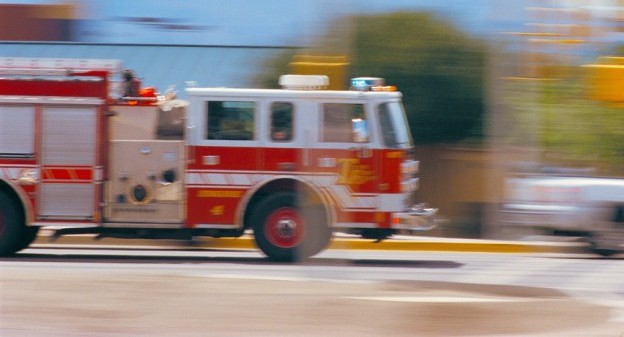Detectives are still looking into why a Queens man arrested on Saturday allegedly knifed a homeless man to death at a local subway station back on April 23.
Mark Albano, 34, of Grand Avenue in Elmhurst, Queens, was apprehended after police obtained higher-quality video footage of the fatal stabbing of an unidentified man in his 40s to 50s at the Manhattan-bound platform of the nearby Grand Avenue-Newtown station.
Officers from the 110th Precinct and NYPD Transit District 20 found the unidentified victim at about 5:42 a.m. on April 23, according to NYPD. He was pronounced dead at the scene.
Law enforcement sources said Albano was known to NYPD officers, and upon being brought in for questioning, was deemed a prime suspect. He has now been charged with murder and criminal possession of a weapon.
If the victim in this killing was indeed homeless, as NYPD believes, it raises larger questions about the homeless in subways and how the government is working to help them.
During a Sunday radio appearance on “The Cats Roundtable” with John Catsimatidis on WABC-AM radio, interim New York City Transit President Sarah Feinberg said the people riding the trains indefinitely were in a league of their own in terms of simply not wanting help.
“Those tend to be folks who are long-term homeless, the vast majority of whom are experiencing significant mental health issues. They’re probably, absolutely in a significant mental health crisis. There’s frequently substance abuse issues, and they’ve been offered services many, many, many times,” Feinberg said. “So, these are long-term homeless folks who really are in crisis. And you ask if it’s appropriate or not. I think what’s not appropriate is this is what the answer is for these folks. That the homeless advocates, the groups that have devoted their time and their resources and their advocacy skills to helping the homeless, have sort of decided that the subway is a reasonable place for folks to live, and we just can’t be that country.”
After four homeless people were stabbed, and two of them dying, in February, NYPD Commissioner Dermot Shea announced a 500-cop surge into the transit system. The persistence of NYPD’s presence came into question on Thursday after transit worker Gerard Sykes was slashed.
Fiery discourse followed between the MTA and Mayor Bill de Blasio’s administration at the suggestion that those cops may have been taken out of the system with a mayoral spokesman accusing the agency of lying to the public.
On Friday, however, Shea committed to adding more auxiliary officers to the 20 busiest stations. Feinberg went a step further in requesting that officers be assigned permanently to the subways as well as mental health resources be provided.
“The addition of these officers is a good step forward — but make no mistake, more needs to be done to ensure the system comes back, and in turn the city comes back,” Feinberg said. “We know that in order for more and more people to return to mass transit they need to feel safe. That’s why we continue to call on the city to add additional full-time police officers and mental health resources to the subway system immediately.”
As of Sunday, the MTA did not have an update regarding Sykes’ condition.
This story first appeared on amny.com.































